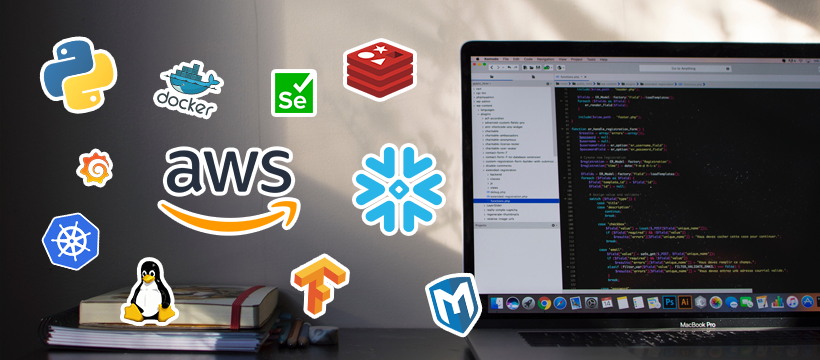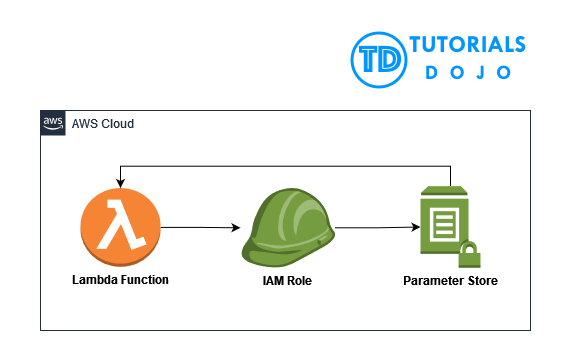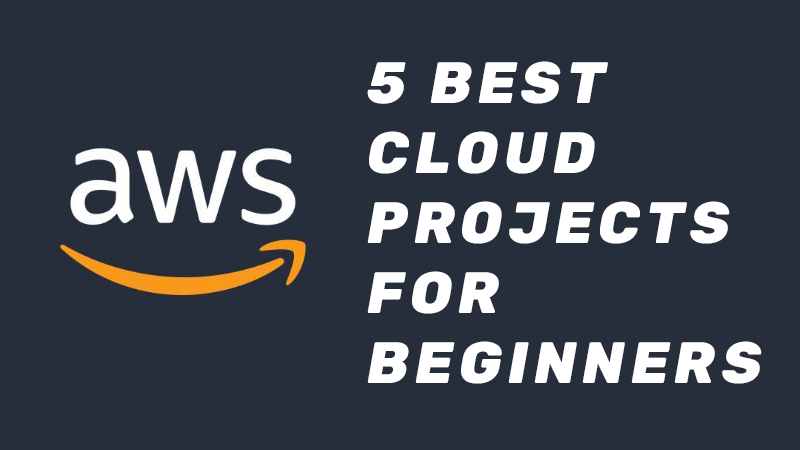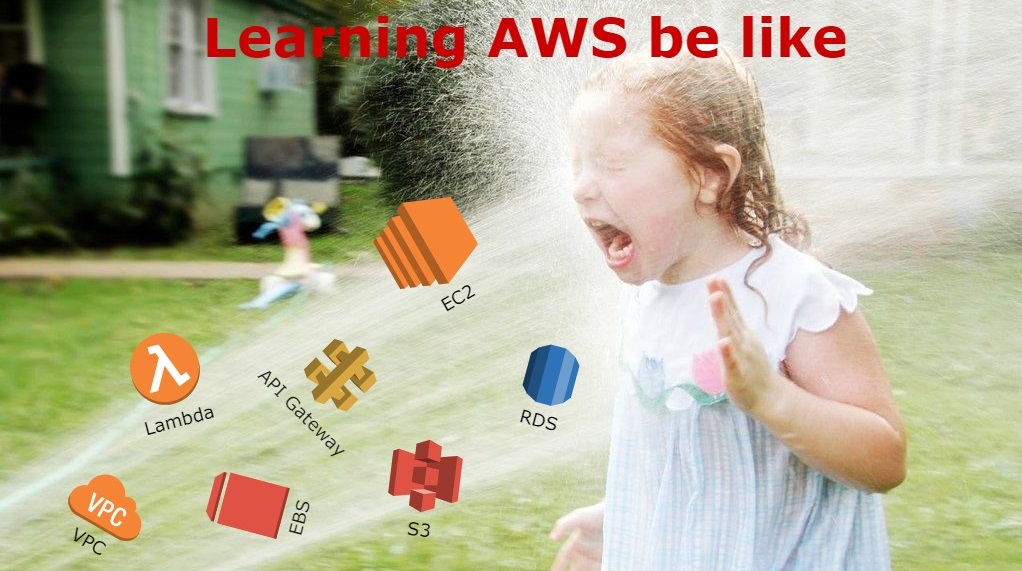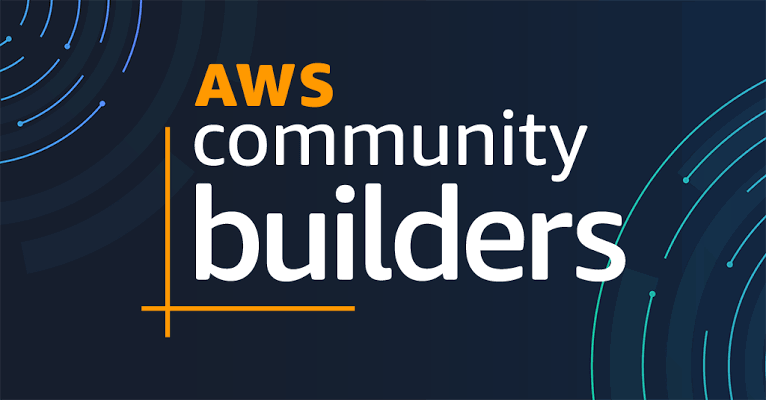7 Most In-Demand IT Skills for 2023
Gerome Pagatpatan2025-08-29T02:48:14+00:00Every day the growth of technology is exponential, there will come a time when the technology you've just learned will be obsolete. If you’re currently exploring opportunities in the IT industry, we’re gonna tackle the article provided by Indeed about the best IT jobs for the year 2023. Below, you'll find information that reflects the current trends and offers a chance to explore new career paths. Despite the anticipated advancements in technology, our objective is to give you an idea of what to anticipate. Here are the top 7 most in-demand IT skills for 2023: 1. Full Stack Developer A [...]

